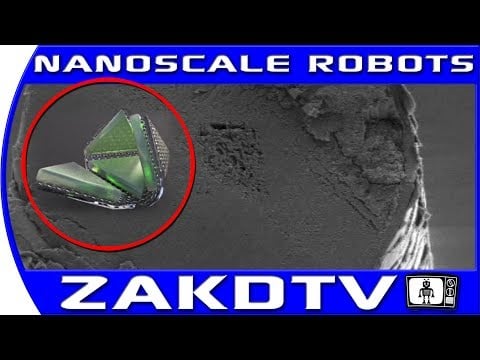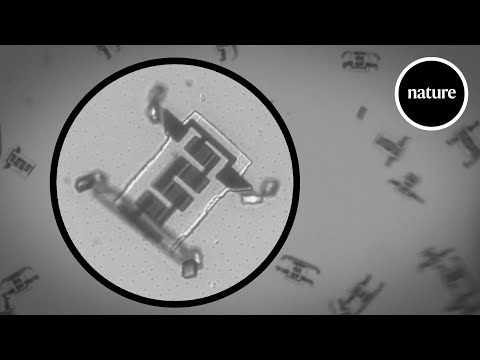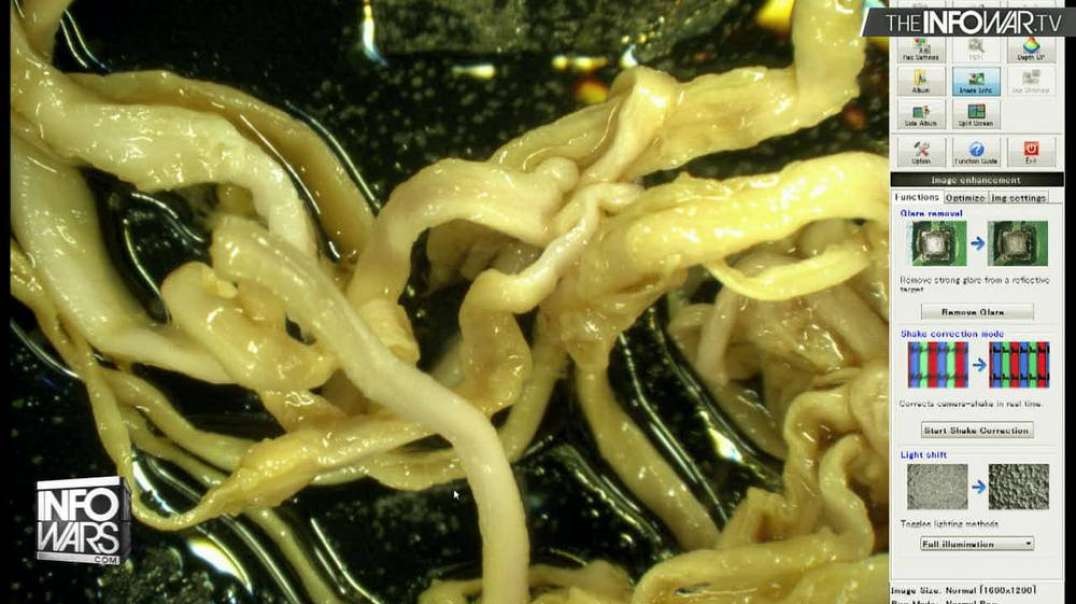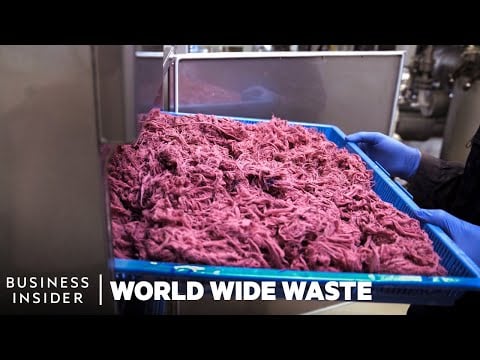The World Of Microscopic Machines
***NOT MY VIDEO - IMPORTED FROM YOUTUBE FOR PRESERVATION***
Micro-electromechanical systems or MEMS are tiny integrated devices that combine mechanical and electrical components. Traditional manufacturing techniques such as milling, turning, and molding become impractical at small scales so MEMS devices are fabricated using the same batch processing techniques used to fabricate integrated circuits. These devices can range in size from a few microns to several millimeters.
Because MEMS devices are a hybrid of mechanical and electronic mechanisms, they’re generally fabricated using a combination of traditional integrated circuit technologies and more sophisticated methods that manipulate both silicon and other substrates in a manner that exploit their mechanical properties.
In bulk micromachining, the substrate is removed in a manner similar to traditional integrated circuit techniques.
Surface micromachining, by comparison, is a predominantly additive in nature and is used to create more complex MEMS-based machinery. Material is deposited on the surface of the substrate in layers of thin films.
High-aspect-ratio micromachining differs dramatically from the other two techniques in that it’s reminiscent of traditional casting.
The accelerometers used in automotive airbag sensors were one of the first commercial devices using MEMS technology. In widespread use today, they measure the rapid deceleration of a vehicle upon hitting an object by sensing a change in voltage. Based on the rate of this voltage change, the on-die circuity subsequently sends a signal to trigger the airbag’s explosive charge.
In most smartphones, a MEMS-based gyroscope complement the accelerometer. They’re also found in navigation equipment, avionics and virtually any modern device that requires rotation sensing. MEMS gyroscopes work by suspending an accelerometer on a platform that in itself uses a MEMS-based solenoid to create a constant oscillating motion.
Another hugely successful application of MEMS technology is the inkjet printer head. Inkjet printers use a series of nozzles to spray drops of ink directly on to a medium. Depending on the type of inkjet printer, two popular MEMS technologies are used to accomplish this; thermal and piezoelectric.
DLP
One of the earliest uses of MEMS devices in the form of large mechanical arrays on a single-die has been for display applications. Invented by Texas Instruments. Each pixel is made of a multi-layered device consisting of an aluminum mirror mounted on hinges. These pixels rest on a CMOS memory cell.
Digital micromirror devices form the basis for another emerging application of MEMS technology, electro-optics. These bottlenecks can be eliminated by using fully optical networks that offer far superior throughput capabilities.
One of the more promising applications of MEMS technologies has been the emergence of biomedical MEMS devices. Referred to as Bio-MEMS devices, they tend to focus on the processing of fluids at microscopic scales.
One of the first and simplest examples of a bio-MEMS device is the micro=machined microtiter plate. A microtiter plate is a flat plate with multiple wells used as small test tubes for testing and analysis.
The possibilities with MEMS devices are astounding. Applications from low-loss, ultra-miniature and highly integrated tracking radio antennas to sensors that can measure heat, radiation, light, acoustics, pressure, motion and even detect chemicals.
SUPPORT NEW MIND ON PATREON
https://www.patreon.com/newmind
FOOTAGE USED
Crash Footage
IIHS - 2018 Toyota Camry passenger-side small overlap IIHS crash test
https://www.youtube.com/watch?v=fEcSdtE4DhE
IC Manufacturing
Infineon Technologies Austria - A look at innovative semiconductor manufacturing in Villach
https://www.youtube.com/watch?v=clpEw69-7jk
MEMS Images
Courtesy Sandia National Laboratories, SUMMiT™ Technologies, www.sandia.gov/mstc
MEMS IC
Image courtesy of Vesper Technologies
Medical MEMS Devices
Prof. Mark R. Prausnitz
Georgia Institute of Technology
MEMS array inside Cavendish Kinetics' antenna tuners.
Image courtesy of Cavendish Kinetics























